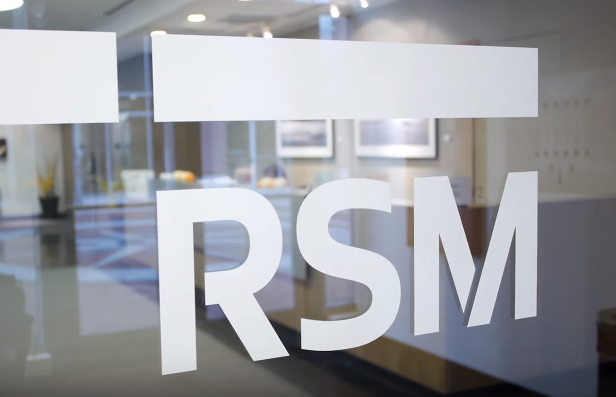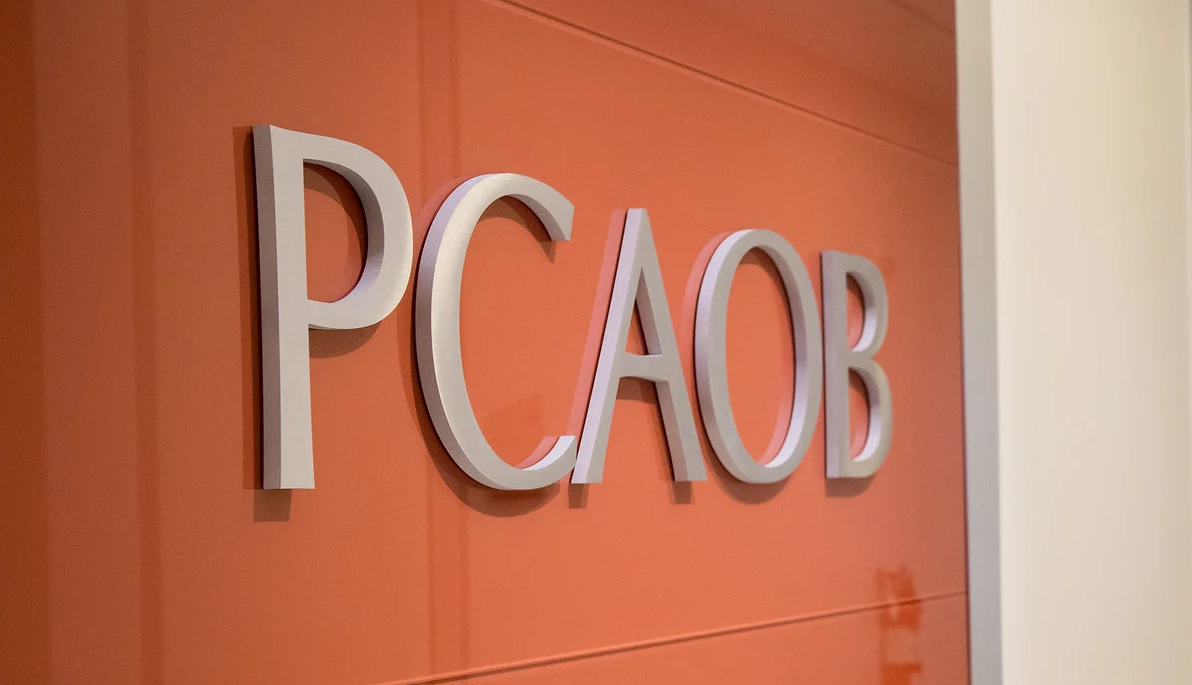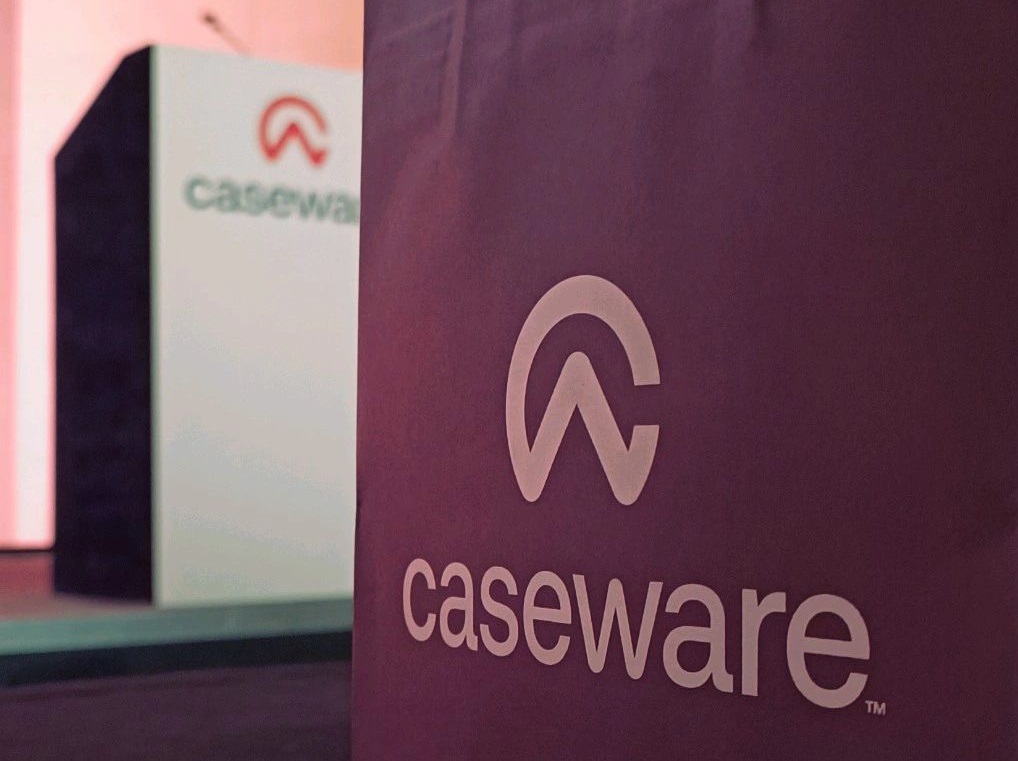An economic uptick over the past year has led to renewed interest in retirement savings, according to Deloitte's 13th Annual Defined Contribution Benchmarking Survey.
The research underlying the survey found that average account balances have reached an all-time high of more than $95,000, up from $85,600 in 2012 and an increased number of employees are participating in defined contribution plans, jumping 6 percentage points (77 percent in 2013 vs. 71 percent in 2012).
Among key findings, as the economy continues to recover, the No. 1 reason for lack of employee participation in defined contribution plans is no longer due to an “uncertain economy/job market” (14 percent in 2013 compared to 24 percent in 2012), but instead a “lack of awareness and understanding” (30 percent in 2013 compared to 21 percent in 2012).
“Defined contribution plans, both 401(k) and 403(b), now represent the main source of future retirement income for a wide and growing majority of the workforce,” said Stacy Sandler, principal, Human Capital, Deloitte Consulting LLP. “It is imperative that employers and plan sponsors continue to encourage the growing trend in saving for retirement and focus on developing the right tools to educate and engage the workforce. Eighty one percent of respondents identified improving participation education as a top-of-mind issue for a majority of employees.”
Making it Mobile
This year's survey, conducted with the International Foundation of Employee Benefit Plans (IFEBP) and the International Society of Certified Employee Benefit Specialists (ISCEBS), revealed that transaction processing is supported on mobile devices for just over half (53 percent) of plans, and only one-in-five (20 percent) of plans utilize the latest communication methods (smartphones and tablets) to educate employees on retirement readiness. However, employee satisfaction with hand-held connectivity tools continues to climb, jumping to 61 percent from 53 percent in 2012 and 28 percent in 2011, underscoring the point that plan sponsors should continue to evaluate the effectiveness of supplementing traditional communications with going mobile.
Prioritizing Education
Plan sponsors are also aware of this reality and consistently rate the No. 1 barrier to a more effective plan as lack of employee understanding (30 percent), an unchanged finding from year-to-year. When looking at the top areas of confusion, the study found that employees don't know what funds to invest in (55 percent) followed by not knowing how much to save for retirement (35 percent). “When it comes to education, more is not necessarily better,” said Sandler. “Employers should consider pursuing a simplification strategy designed to deliver the right mix of educational resources to employees based on the demographics of their workforce.”
Expediting Match Eligibility
The survey found that companies are also showing renewed confidence in the economy and taking steps to make defined contribution plans more accessible and attractive to employees. For example, immediate eligibility for matching contributions increased to 62 percent in 2013, up 6 percentage points from 2012. At the same time, 43 percent of employees cited taking advantage of the company match as the top reason for participation, unseating a personal desire to save for retirement (39 percent).
“While immediate eligibility for match and automatic enrollment continue to drive employee interest, there is still work to be done,” said Sandler. “Many employees perceive available education tools as too complex and intimidating. Retirement planning is unique for every individual, but many tools are created with a one-size-fits-all approach. Having the ability to recognize the gaps within the system is a solid first step in implementing effective remedies and reaching employees through their preferred channels.”
“Despite encouraging data regarding the increase in defined contribution plan balances, there is still more that needs to be done to recalibrate communication and education strategies,” said Michael Wilson, chief executive officer, IFEBP and ISCEBS. “Plan sponsors and employers will need to continue to leverage new and innovative technologies to reach employees and help to adequately prepare them based on their individual retirement needs.”
The full report is available at Annual Defined Contribution Benchmarking Survey.
Thanks for reading CPA Practice Advisor!
Subscribe Already registered? Log In
Need more information? Read the FAQs
Tags: Accounting, Benefits, Payroll



